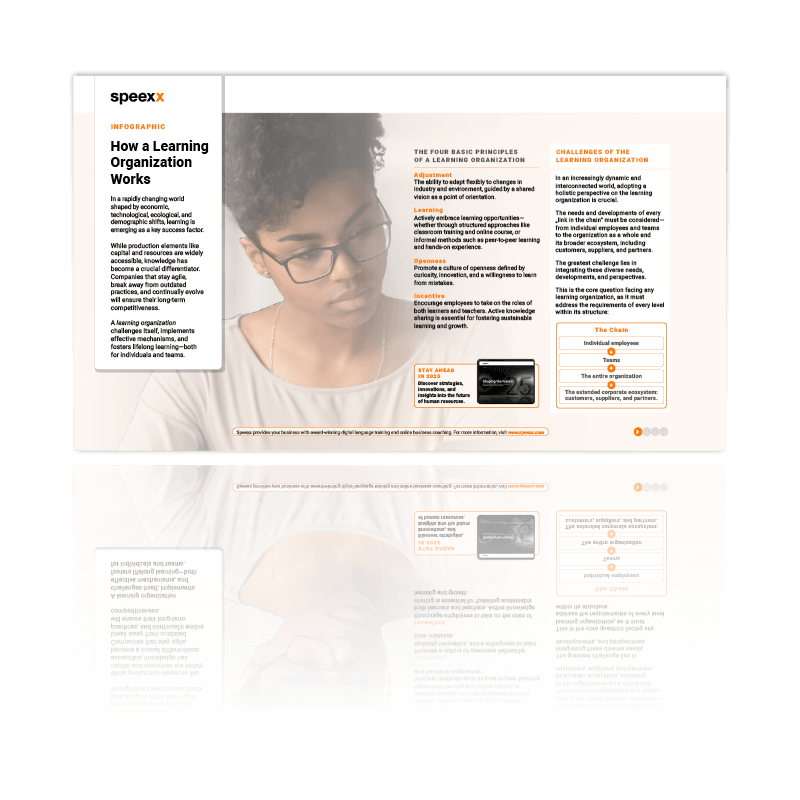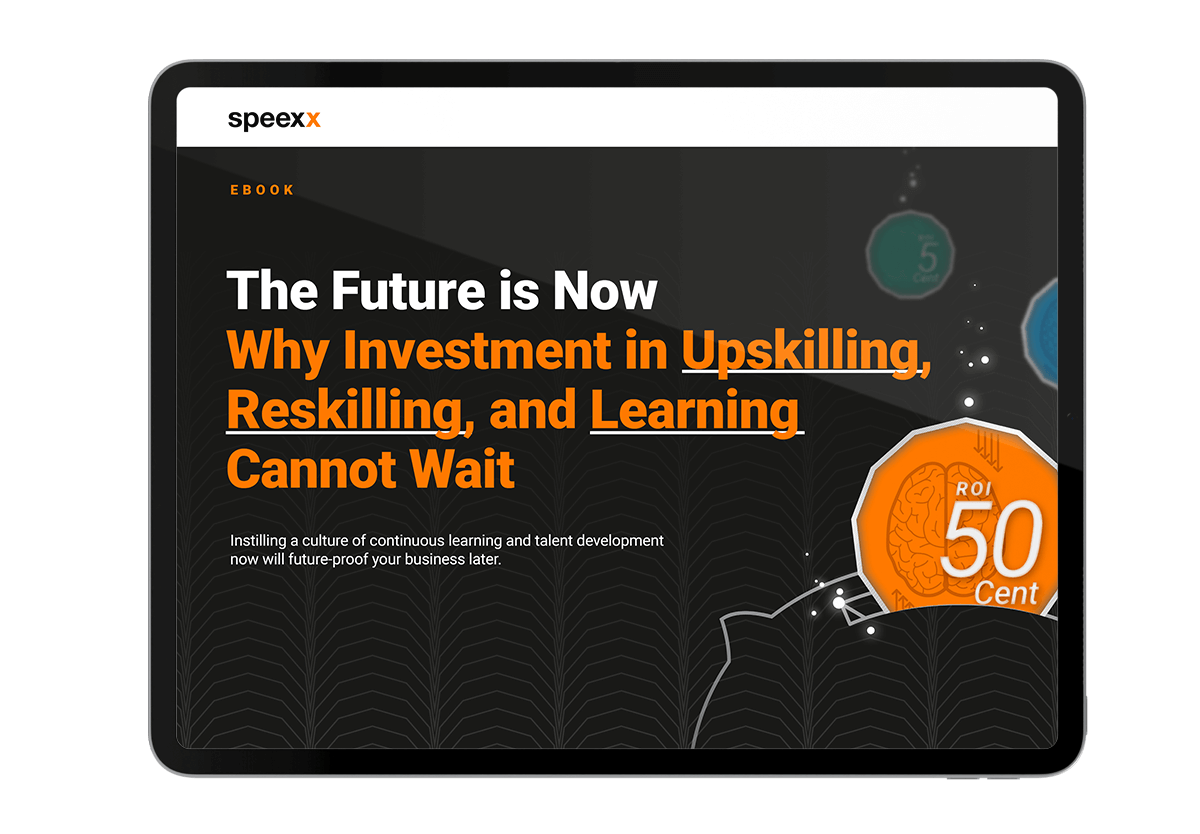The world of work is shifting at breakneck speed. Emerging technologies, automation, and economic uncertainty mean that traditional career paths are no longer linear. Organizations that thrive in this environment are those that cultivate adaptive talent—people who can pivot, upskill, and embrace change as a constant. But where does this adaptability come from? Enter adaptive learning: a personalized, data-driven approach to professional development that ensures employees stay ahead of the curve.
What Is Adaptive Talent?
Adaptive talent refers to employees who can quickly adjust to new challenges, technologies, and business needs. Instead of being defined by a fixed set of skills, they are shaped by their ability to learn, unlearn, and relearn. These individuals aren’t just resilient; they actively seek growth, making them invaluable in today’s unpredictable business landscape.
According to a LinkedIn post by HR talent management software, Personio, “In a fast-changing world, the ability to learn new skills and quickly adapt to new challenges is more important than ever.”
For businesses, this means moving beyond traditional hiring practices and focusing on potential over past experience. Companies need employees who don’t just fit today’s job description but can evolve with the organization’s needs over time. The challenge? Developing and nurturing this adaptability at scale.
The Increasing Demand for Adaptability
In a world where digital transformation is reshaping industries, adaptability has become a core competency. The World Economic Forum’s Future of Jobs Report 2025 highlights that nearly 40% of job skills will change by 2030, with 63% of employers citing the skills gap as a major barrier to business transformation. Companies that embrace adaptive talent strategies will be best positioned to bridge this gap and drive sustainable growth.
Moreover, employee expectations have evolved. Workers are seeking dynamic careers with continuous learning opportunities rather than static roles. Employers who fail to foster such environments risk losing top talent to more forward-thinking competitors.

What's a learning organization and why is it crucial for success?
The Role of Adaptive Learning in Developing Adaptive Talent
Adaptive learning is the perfect counterpart to adaptive talent. It uses technology, artificial intelligence, and real-time data to tailor learning experiences to the individual. Unlike traditional training programs, which offer one-size-fits-all content, adaptive learning adjusts in response to the learner’s progress, strengths, and gaps.
A recent Medium article on the future of adaptive learning notes that “by 2025, we can expect workplace learning to be more personalized, data-driven, and responsive to individual needs than ever before.”
This approach ensures that employees aren’t just learning for the sake of it but are engaging with the right content at the right time, making development efforts more efficient and impactful. It also fosters a mindset of continuous learning—a key characteristic of adaptive talent.
Adaptive learning platforms like Speexx enable organizations to provide personalized, real-time learning experiences. By leveraging AI and data-driven insights, Speexx ensures employees receive tailored language training and professional development, helping them stay ahead in an evolving workplace.
How Adaptive Learning Builds Adaptive Talent
When organizations invest in adaptive learning, they are actively shaping their workforce to be more agile and resilient. Here’s how:
- Personalized Development Paths – Employees receive training tailored to their specific skill gaps and career aspirations, keeping them engaged and motivated.
- Real-Time Feedback and Adjustments – AI-driven learning platforms can identify when an employee is struggling and adjust content accordingly, ensuring no one gets left behind.
- Microlearning and Just-in-Time Learning – Short, focused learning sessions allow employees to develop skills on demand, making learning more relevant and immediately applicable.
- Autonomy and Ownership – By giving employees control over their learning journey, companies empower them to take charge of their own professional growth.
The Business Impact of Adaptive Learning
Organizations that embrace adaptive learning strategies don’t just create a more skilled workforce; they also see significant business benefits. Studies suggest that companies with strong learning cultures are 30-50 percent more likely to be market leaders in their industries.
Additionally, adaptive learning can drive higher employee retention. Workers who feel supported in their development are far more likely to remain loyal to their organizations, reducing costly turnover rates. Investing in learning isn’t just about upskilling—it’s about building a resilient and engaged workforce.
Why Businesses Need Both
Companies that want to stay competitive must recognize that learning isn’t a one-time event—it’s an ongoing process. And with workforce skills becoming obsolete faster than ever, adaptive learning provides the necessary infrastructure to foster adaptive talent.
For HR and L&D leaders, this means:
- Prioritizing skills-based hiring over experience-based recruitment.
- Integrating adaptive learning platforms into professional development programs.
- Cultivating a learning culture that encourages curiosity and continuous improvement.
By combining adaptive learning with an adaptive talent mindset, organizations can future-proof their workforce. Employees aren’t just keeping pace with change; they’re driving it.

This eBook outlines the long-term value of continuous learning.
Steps to Implement Adaptive Learning
For businesses looking to leverage adaptive learning, here are key steps:
- Assess Skills Gaps – Use AI-driven tools to identify gaps in current capabilities.
- Implement Personalized Learning Pathways – Offer customized learning plans that evolve with the employee.
- Encourage a Growth Mindset – Foster a culture where employees see learning as an ongoing journey.
- Utilize Data for Continuous Improvement – Monitor learning outcomes and refine training programs as needed.
Final Thoughts
The future belongs to those who can adapt. As technology evolves, the ability to learn, reskill, and pivot will define career success. Companies that invest in adaptive learning will be the ones that cultivate the adaptive talent they need to thrive.
In short: if you want an agile workforce, don’t just hire for adaptability—build it. And that starts with rethinking how your people learn.
The combination of adaptive learning and adaptive talent is a strategic imperative for companies that want to remain competitive in an ever-changing world. With Speexx, organizations can equip their workforce with the personalized, data-driven learning they need to stay ahead—ensuring adaptability isn’t just a buzzword, but a built-in advantage.


